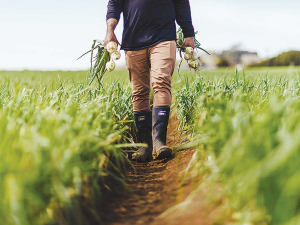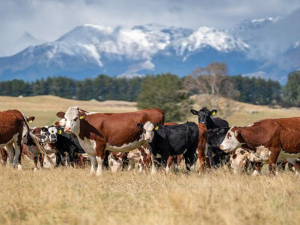It could see production of staple crops like potatoes and kiwifruit expand far beyond their traditional growing regions.
Te Puke is currently New Zealand’s kiwifruit capital – but new research shows that top spot could be contested in future – with suitable kiwifruit production land identified in Waikato, Taranaki and the top of the South Island.
Information about the land use suitability and production potential of a wide variety of crops has become much easier to find with the launch of the Data Supermarket. This is a new online storehouse of data about the ingredients, food and fibre we can grow in New Zealand, now and in the future.
It includes information about a wide variety of vegetable, fruit, arable, animal, plant and tree crops, plus climate and economic data.
“The goal of this work is to help New Zealand’s primary sector identify a much greater range of suitable land opportunities,” says research lead Dr Robyn Dynes, of AgResearch.
“We know we can grow a much greater range of food and fibre in New Zealand. But the question has been: what will grow well, where? Our research aims to help people answer that.”
The data repository contains a wide range of datasets with information on suitability, yield maps, climate change impacts and economic information.
“Farm advisors with good technical skills will be able to use the data to create a short-list of potential land-use options that may be feasible, for their clients to consider as candidates for in-depth business cases from local experts,” Dynes explains.
“Our hope is that by bringing these datasets together and providing open access, innovators will also see potential to create new tools.”
A large team of researchers from multiple institutes and scientific disciplines produced these datasets as part of the Land Use Opportunities: Whitiwhiti Ora research programme funded by the Our Land and Water National Science Challenge.
This reliable and robust data is freely available to everyone planning or providing advice on land-use options in New Zealand.
The wide range of new datasets provide a broad understanding of the benefits and consequences of many land use opportunities.
The datasets were created between 2020 and 2023. The range of datasets is still growing, with researchers creating and curating environmental, economic, social and cultural information for different land use options.
Each dataset includes information about its limitations and how the data was produced. Access to GIS software is required to use and interpret spatial data after downloading it from the Data Supermarket.
Data is open-access and suitable for New Zealand use only. The information can be downloaded for use in third-party tools.
















